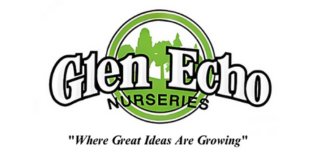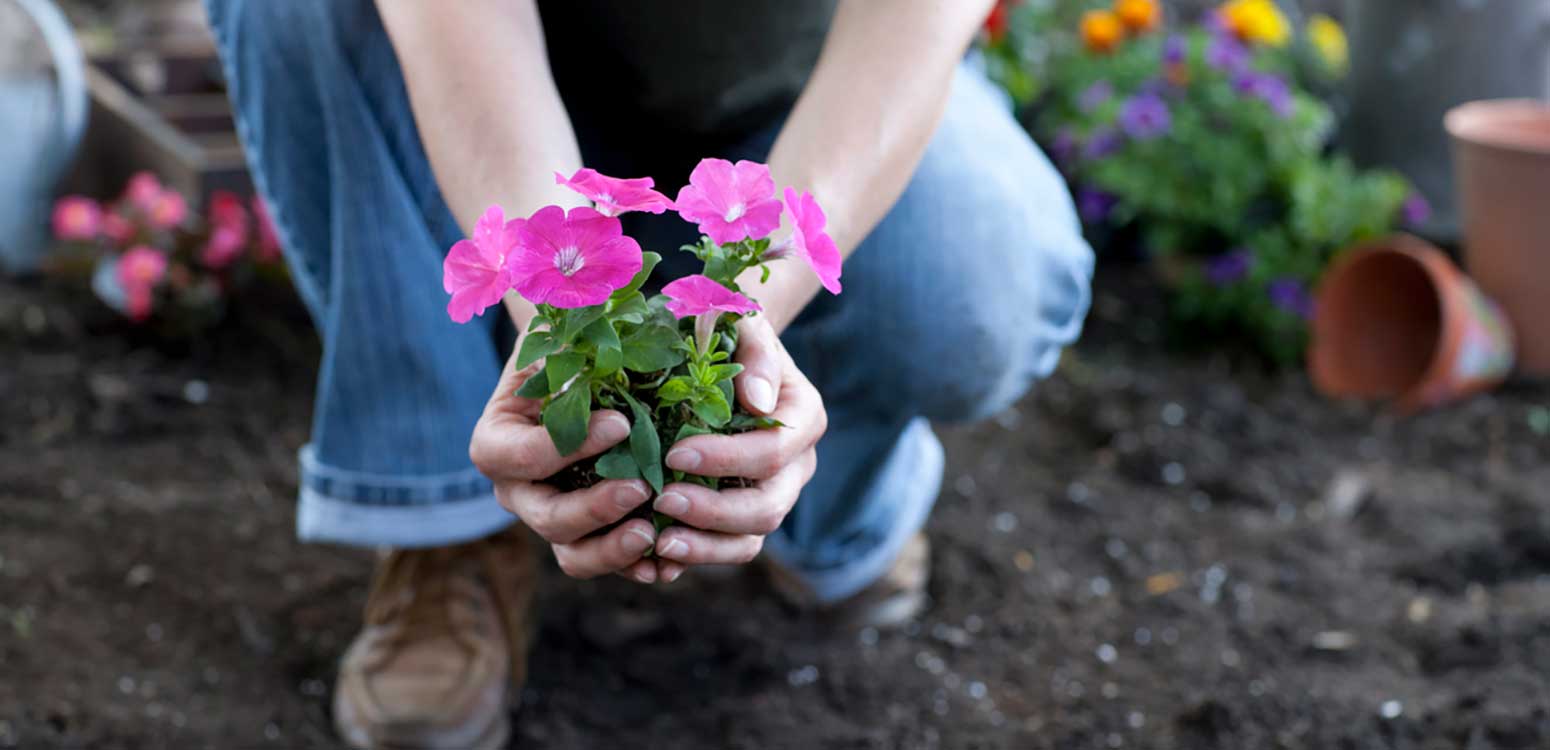Annual plants provide showy, season-long colour. Here’s a quick guide to identify annuals for sun, shade, hot or dry spots in your garden.
An annual is a plant that completes its life cycle in a single season. They provide colour for the entire season and allow you to change your landscaping ideas every year or even midseason. Fall, for example, is a great time to change up your colours with mums in the garden and containers.
Flowers always enhance backyard bar-b-ques and indoor dinner parties. Annuals provide fragrance, colour and beauty for several months. They can be grown in patio containers, pots, baskets, window boxes, climbing up arbours and almost anywhere you want colour and excitement. We carry a large variety for your gardening pleasure.
To get the best out of annuals, you need to know what plants are good for sun, shade, hot or dry spots in your garden. The only tip to growing annuals is to water and fertilize often during the season.
This page is for Annual reference material only and does not reflect the current inventory at any given time. Our inventory changes daily and as Spring turns to Summer, the varieties become more difficult to stock.
Plants for Sun
Some areas of the garden are extremely warm, such as those near heat-radiating brick walls or those on the sunny side of reflective surfaces, such as white stucco walls.
For those areas, choose only plants with excellent heat tolerance, such as:
- Amaranthus
- Castor Bean
- Celosia
- Clarkia
- Clemome
- Cosmos
- Datura
- Dracaena
- Gazania
- Heliotrope
- Ice Plant
- Kochia
- Lantana
- Marigold
- Portulaca
- Statice
- Strawflower
- Tagetes
- Verbena
If a sunny area of the garden is also very dry, choose plants with excellent drought tolerance. Remember that young plans must be well watered until their root systems have developed to the point where they can sustain the plants through periods of drought. After the plants are established, you need to water them only occasionally. The following plants, once established, do well in dry areas:
- African Daisy
- Castor Bean
- Celosia
- Clarkia
- Cosmos
- Gazania
- Gomphrena
- Ice Plant
- Lantana
- Nolana
- Poppy
- Portulaca
- Salvia (S. farinacea, S. horminum, S. Splendens)
- Scaevola
- Verbena
Plants for Shade
These are the plants we have found grow well in shady areas. Plants marked * are the best choices for very shady areas.
- Asparagus Fern
- Begonia
- Black-Eyed Susan Vine
- Browallia
- Coleus
- Dracaena
- Dusty Miller
- Fuchsia
- Geranium (ivy and zonal types only)
- Impatiens
- Ivy
- Lobelia
- Mimulus
- Nasturtium
- Nemesia
- Nemophila
- Nicotiana
- Nierembergia
- Nolana
- Pansy
- Petunia (double flowering types can take more shade than others)
- Salpiglossis
- Salvia (S. splendens only; the other types need sun)
- Schizanthus
- Spider Plant
- Torenia
- Viola






